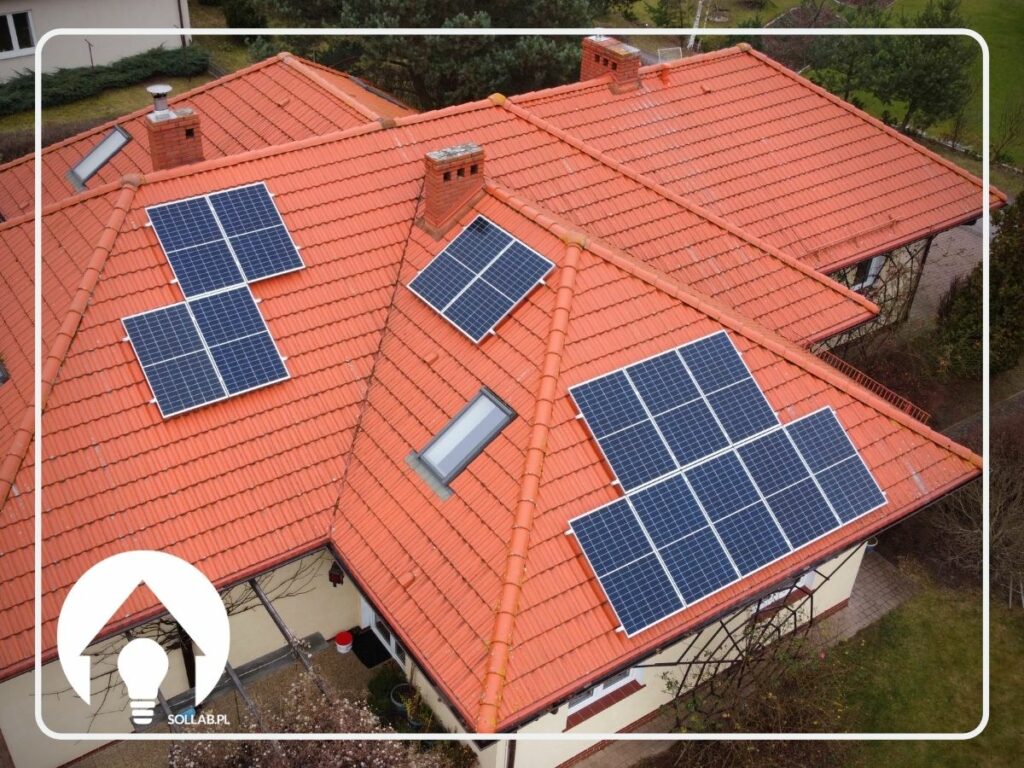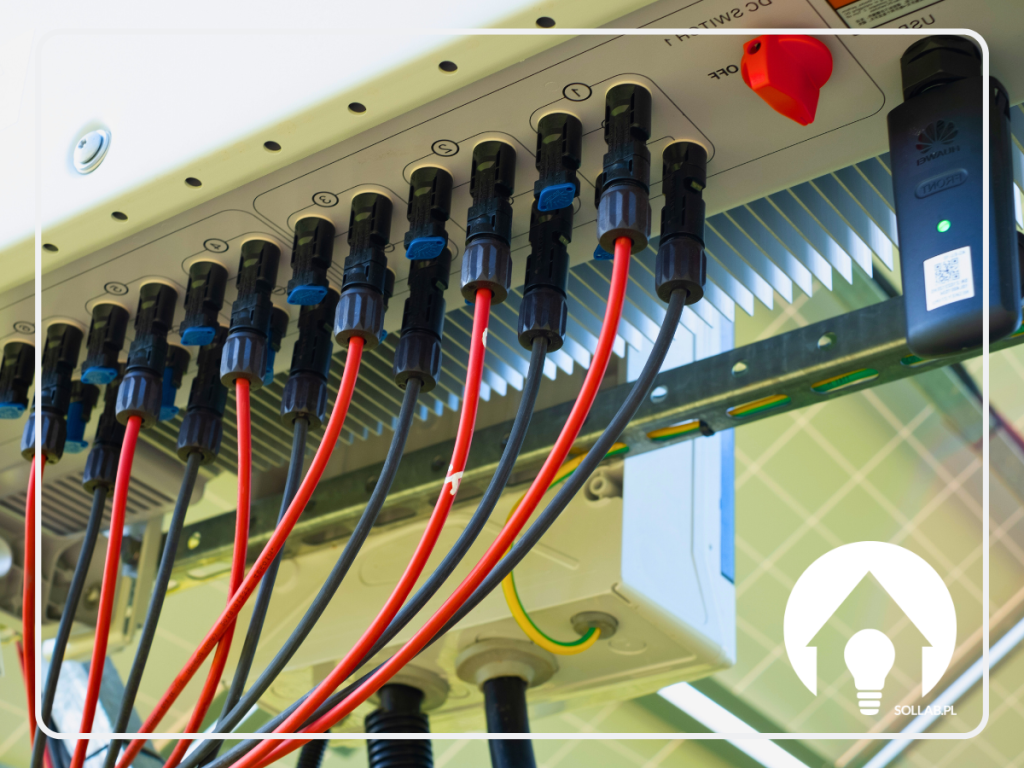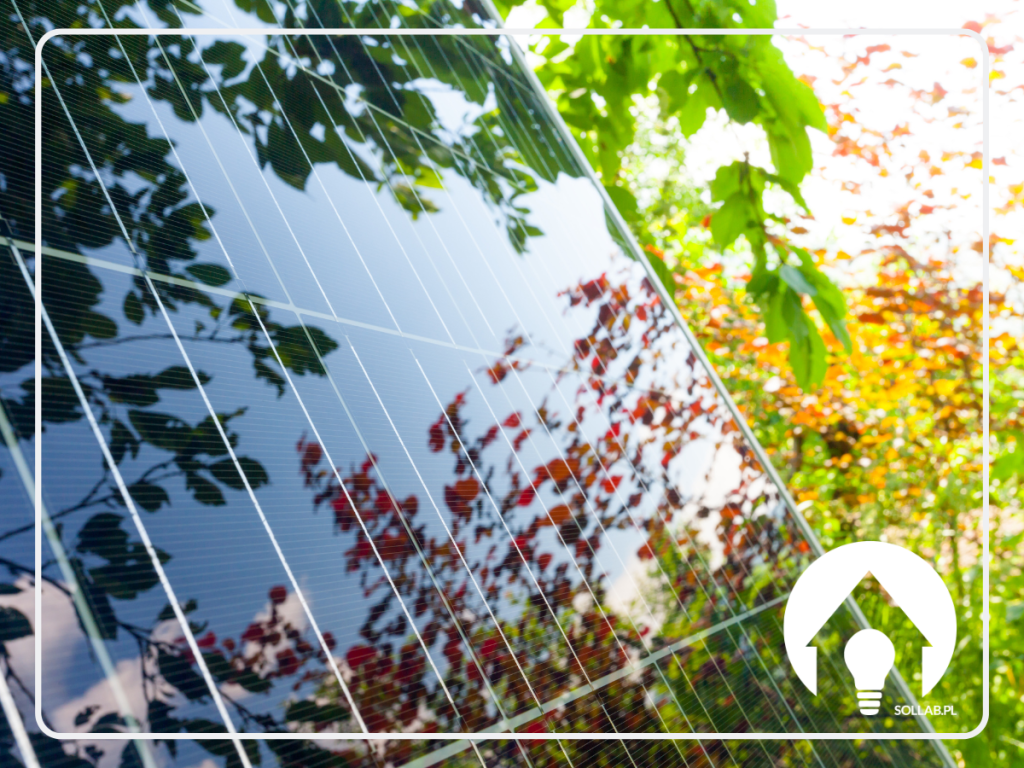The photovoltaic inverter, which is commonly referred to as an inverter, is an integral part of any photovoltaic installation. With the property of changing the direct current that is generated by the photovoltaic panels into alternating current (AC), which, after all, flows in every electrical outlet, it allows for extensive use of all the electricity produced. But how is the inverter in a photovoltaic installation constructed? What is its basic function and operating principle? About this and more in today's article.
What is a photovoltaic inverter?
That every inverter turns direct current into alternating current, we already know. And in fact, this is the fundamental function that every solar inverter in photovoltaic panels has to perform, that is, to convert direct current into alternating current. Furthermore, in addition to the photovoltaic panels mentioned, it is the inverter that is the key device in any photovoltaic installation. Thanks to it, it is possible to use the energy produced to power electrical or other appliances that are essential in every household.
Worth remembering!
Photovoltaic inverters can also feed back excess power produced to the grid, which can also be collected at a later date as surplus energy when required.
Single-phase and three-phase inverters are the heart of a photovoltaic installation

Therefore, depending on the power consumption, the power of the inverter must be selected to provide electricity at the expected level. To this end, monitoring the operation of the installation with the electricity grid is extremely important, as it provides important information about the parameters that are compatible in terms of power consumption.
Worth remembering!
There is also a distinction between off-grid inverters, which do not interact with the low-voltage grid. Hybrid inverters, on the other hand, are the ideal solution because they work with the grid to generate DC voltage, and these types of hybrid inverters can use batteries as much as they connect to the grid.
PV micro-installations - what components are they made of?
Photovoltaic installations are built with different components depending on the type and size of the structure. Nevertheless, many of the basic components all PV modules have are the same. PV micro-installations, on the other hand, consist primarily of:
- Photovoltaic panels, which are flat structures that are adapted to capture energy. All of them are made of silicon, germanium and selenium.
- An inverter, which is referred to as an inverter, whose overriding task is to convert direct current into alternating current, which is the current that flows in a domestic electrical socket.
- The mounting system, i.e. the system that is made up of rails, anchors and profiles depending on where the photovoltaic modules are mounted.
Of course, all of the components that make up a complete photovoltaic system are very important. However, the inverter is the central component without which it would be impossible for a photovoltaic system to function properly. In fact, without the inverter, energy consumption in any form would be impossible. Therefore, inverters are indispensable components that are needed in micro, medium and large photovoltaic installations.
















